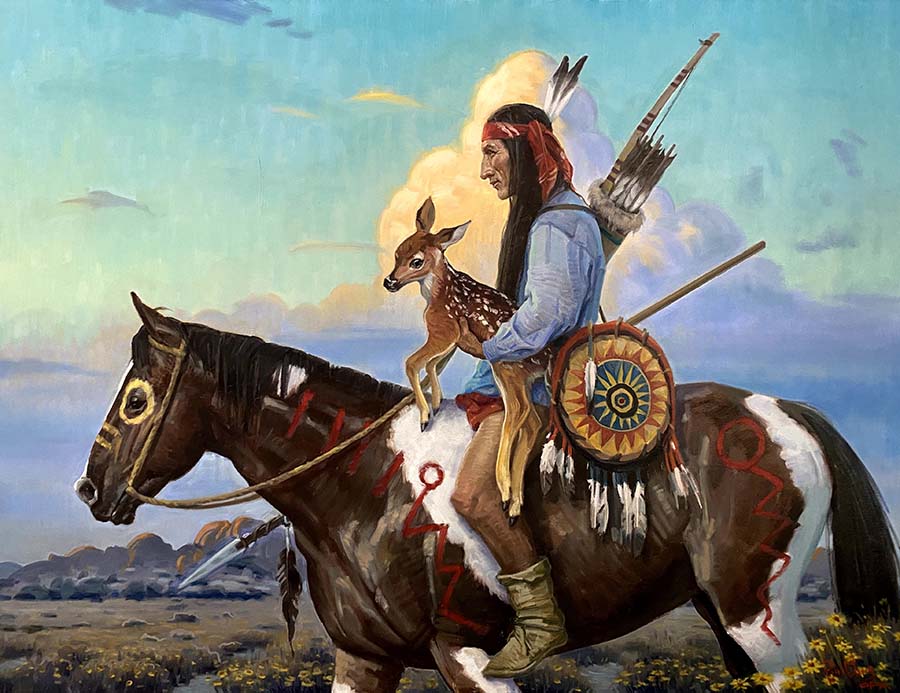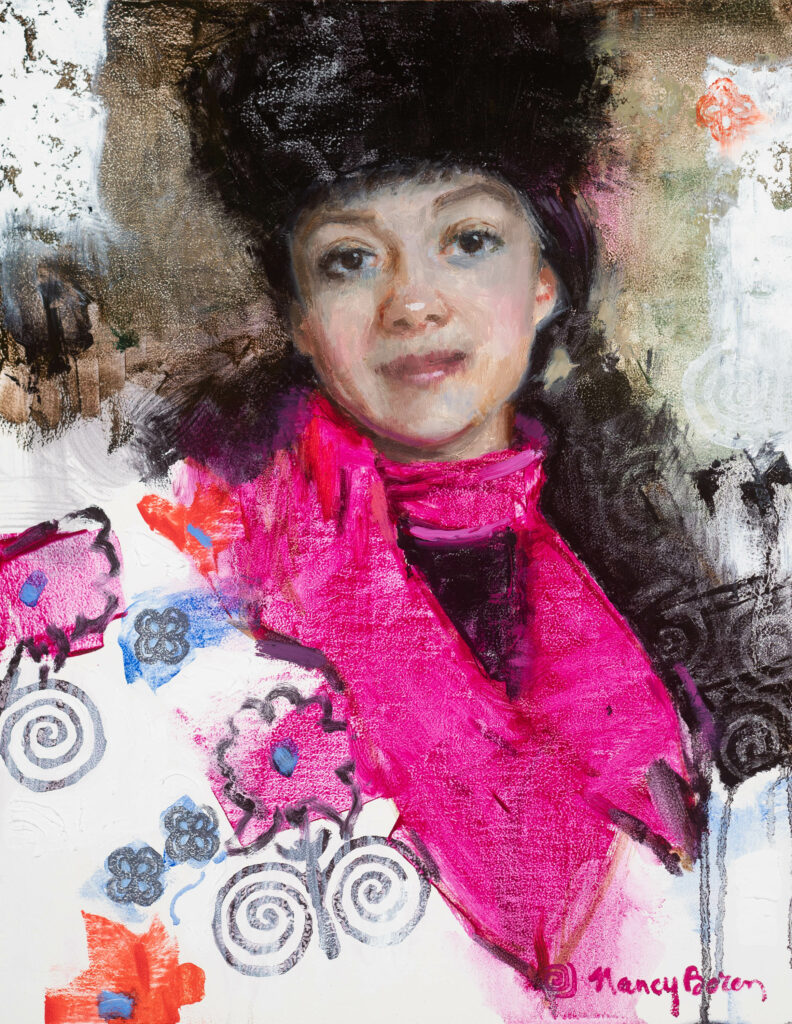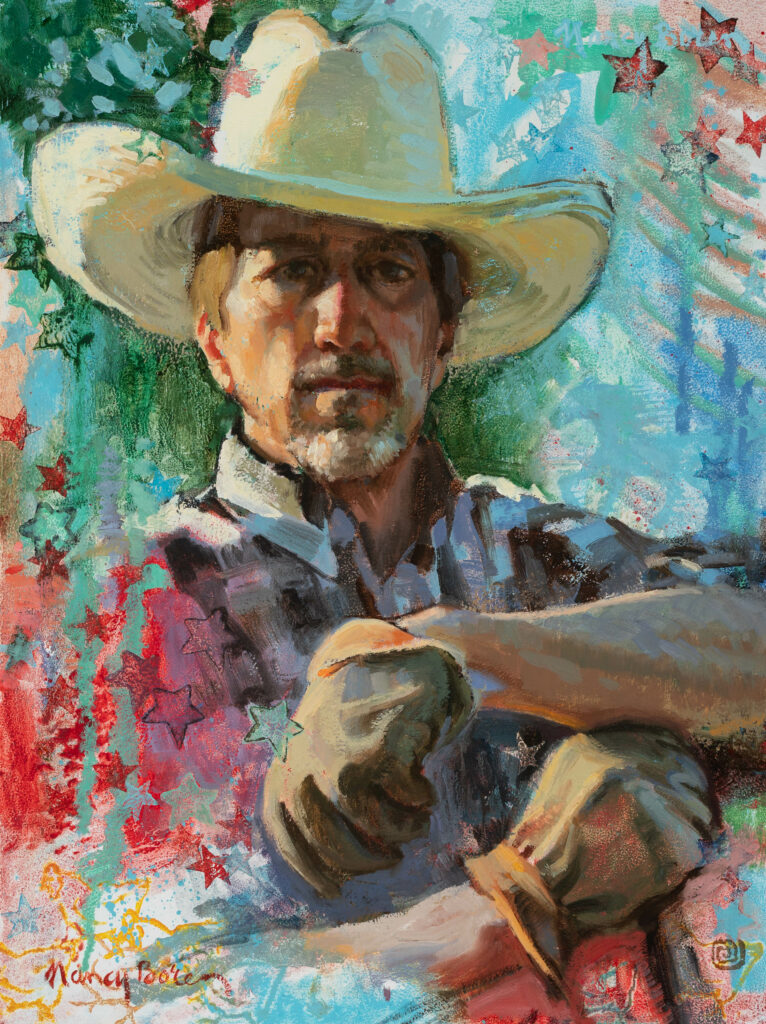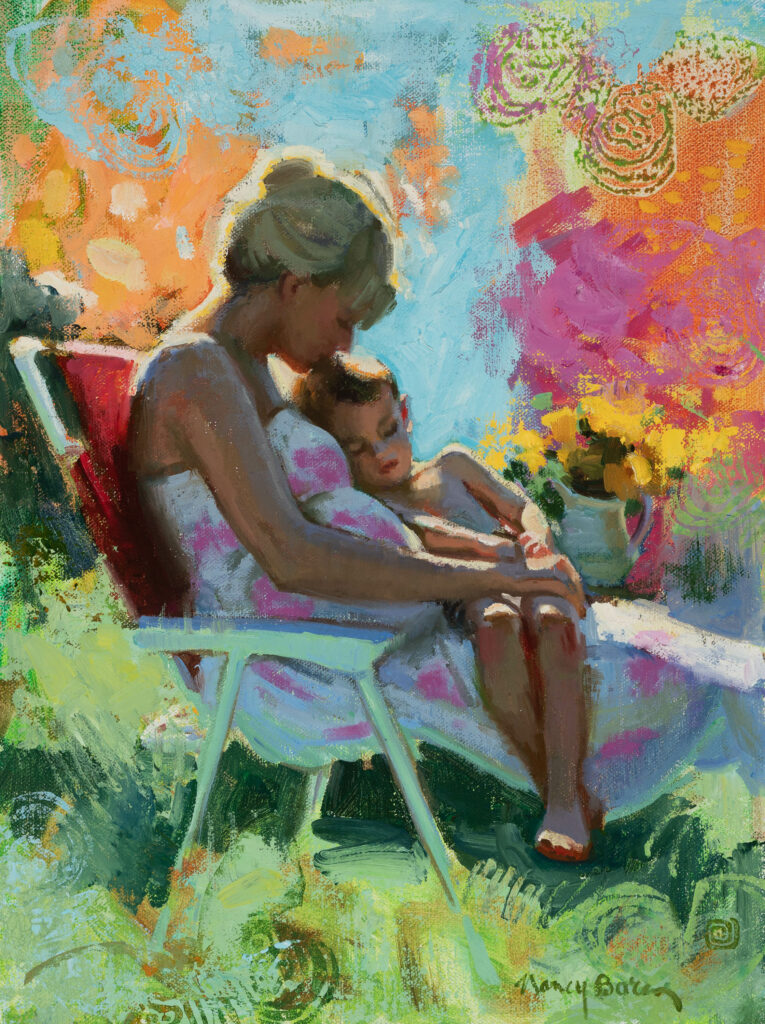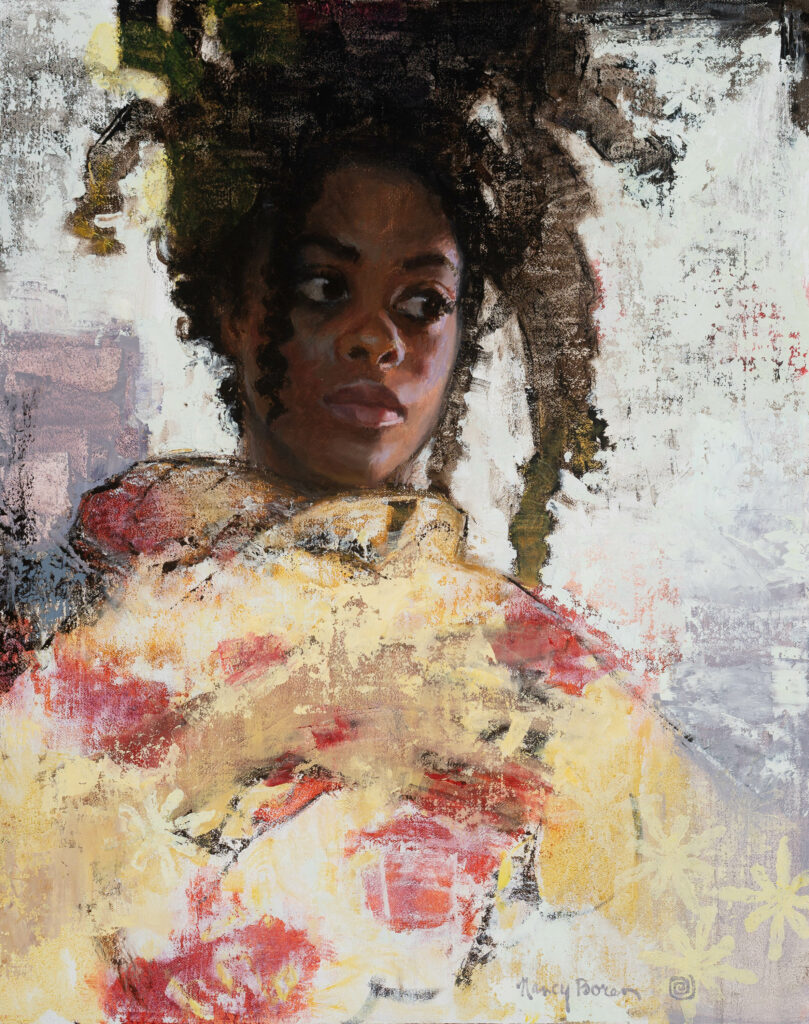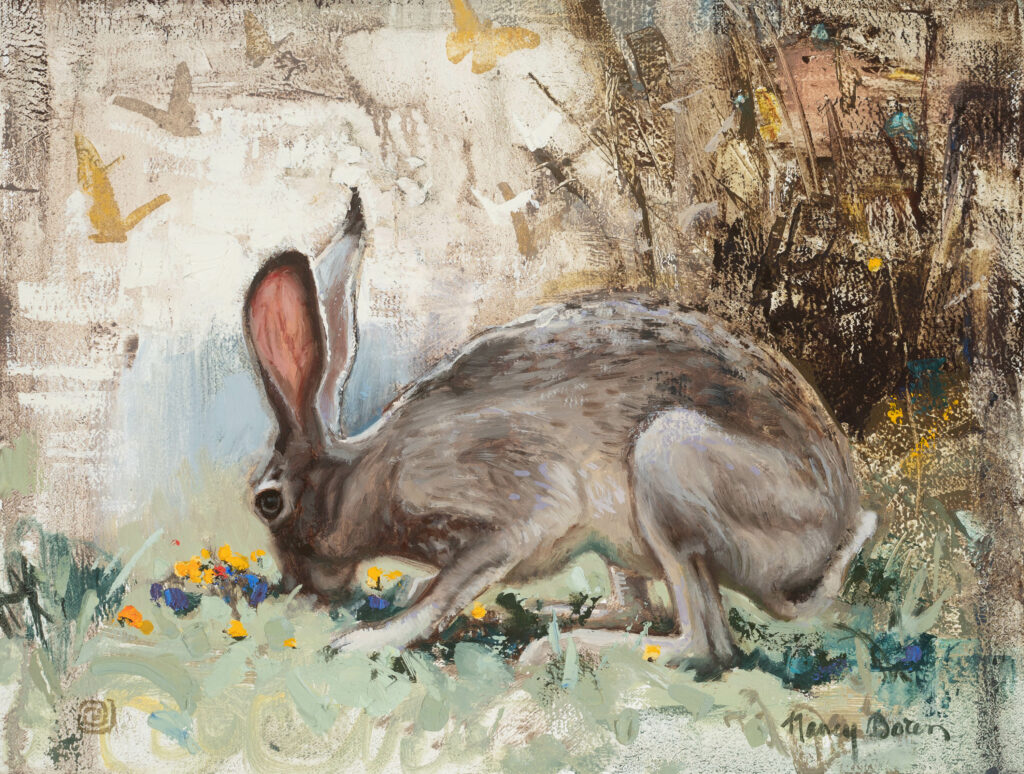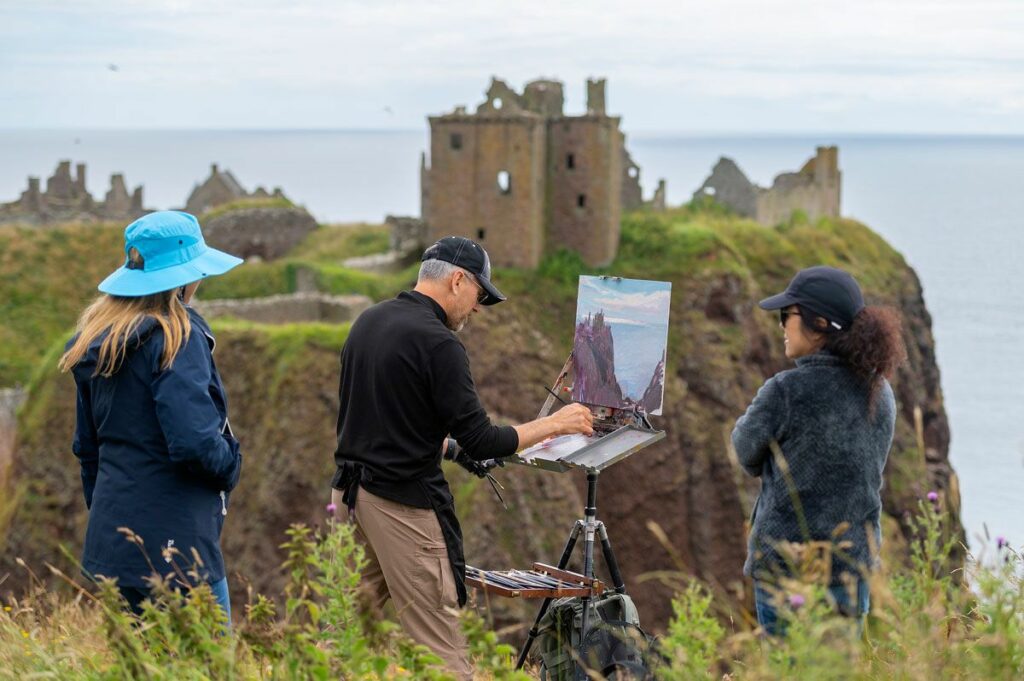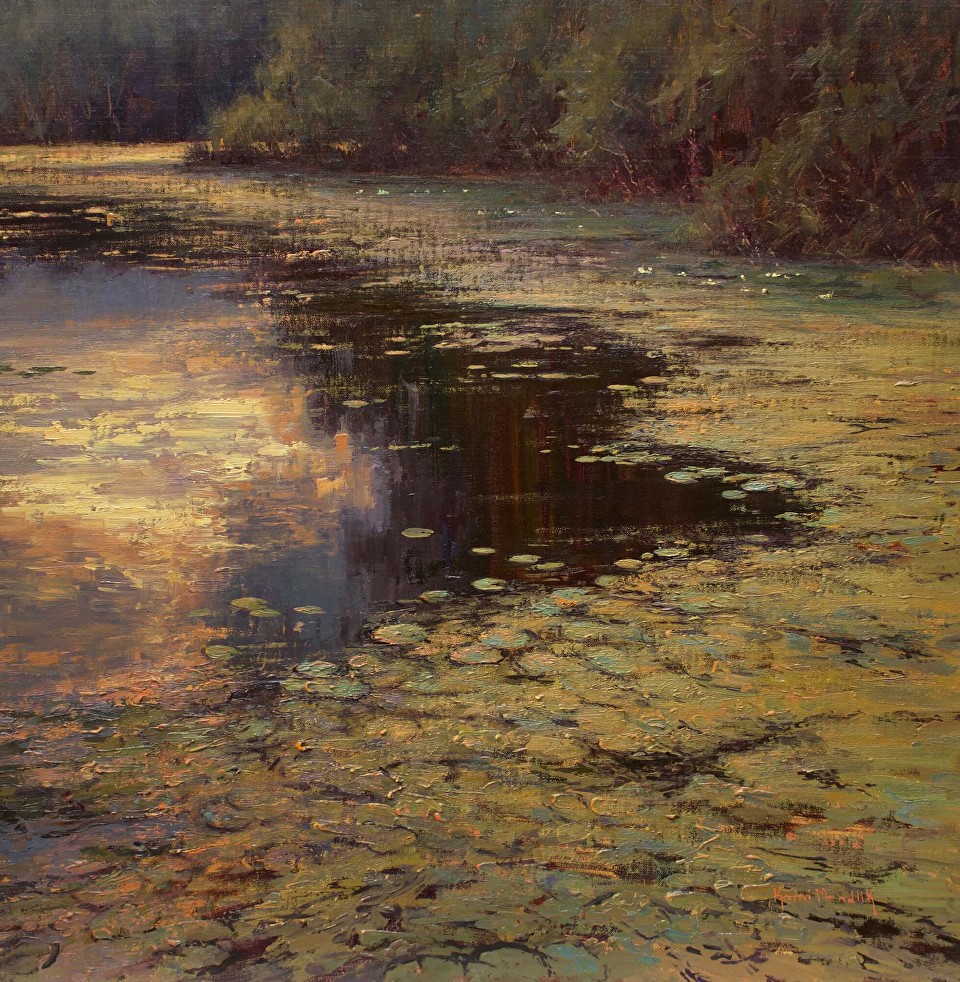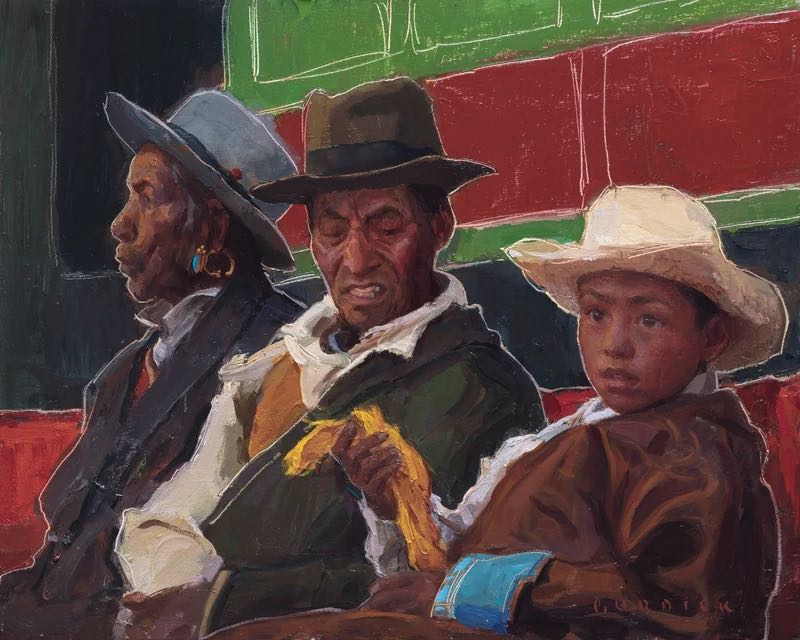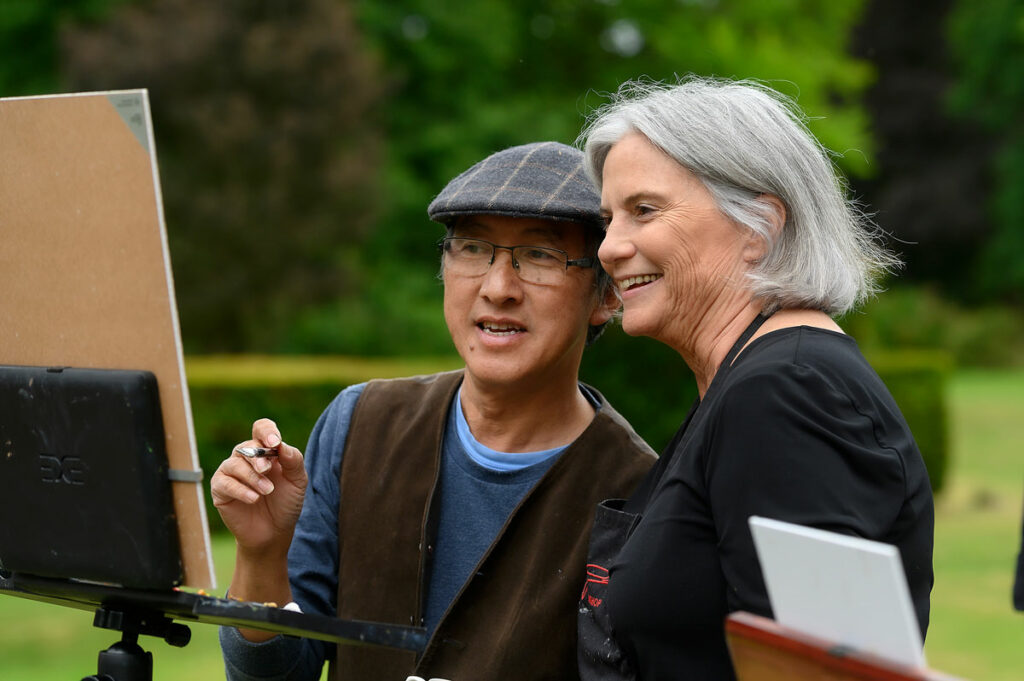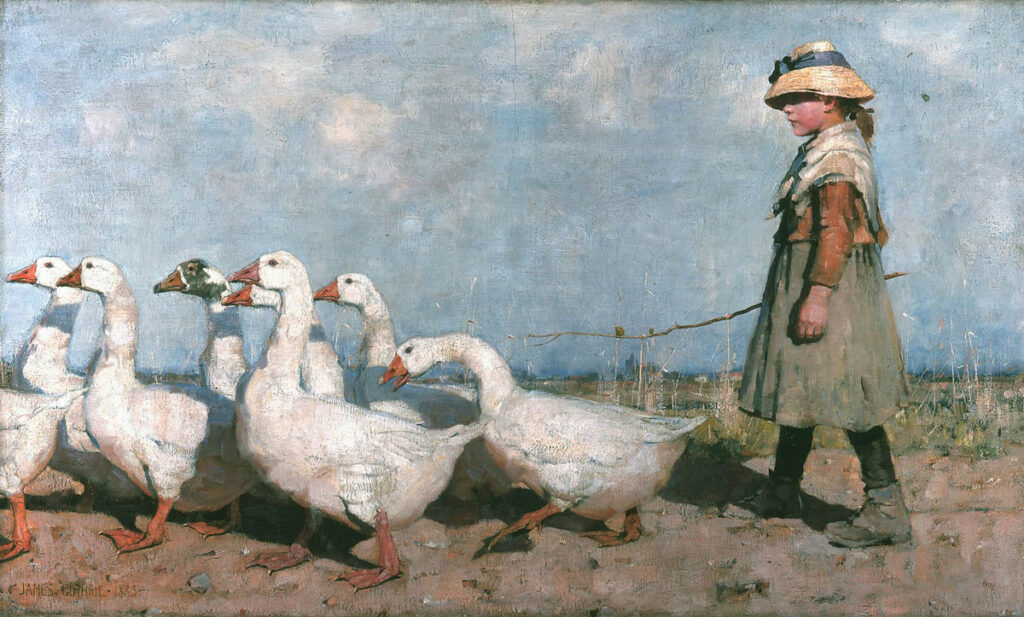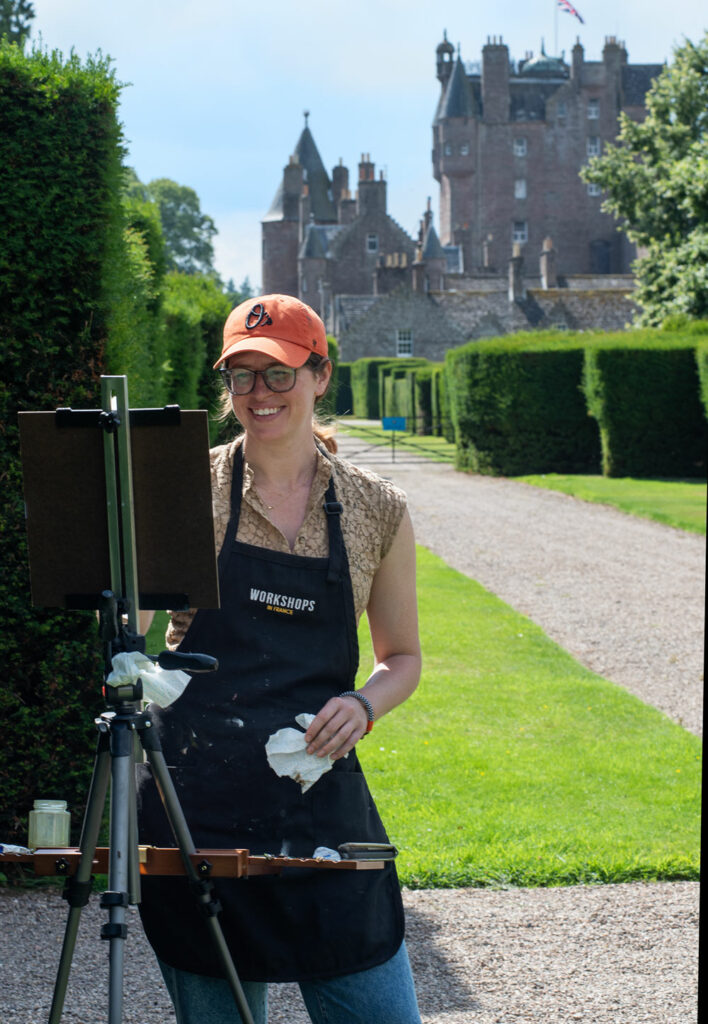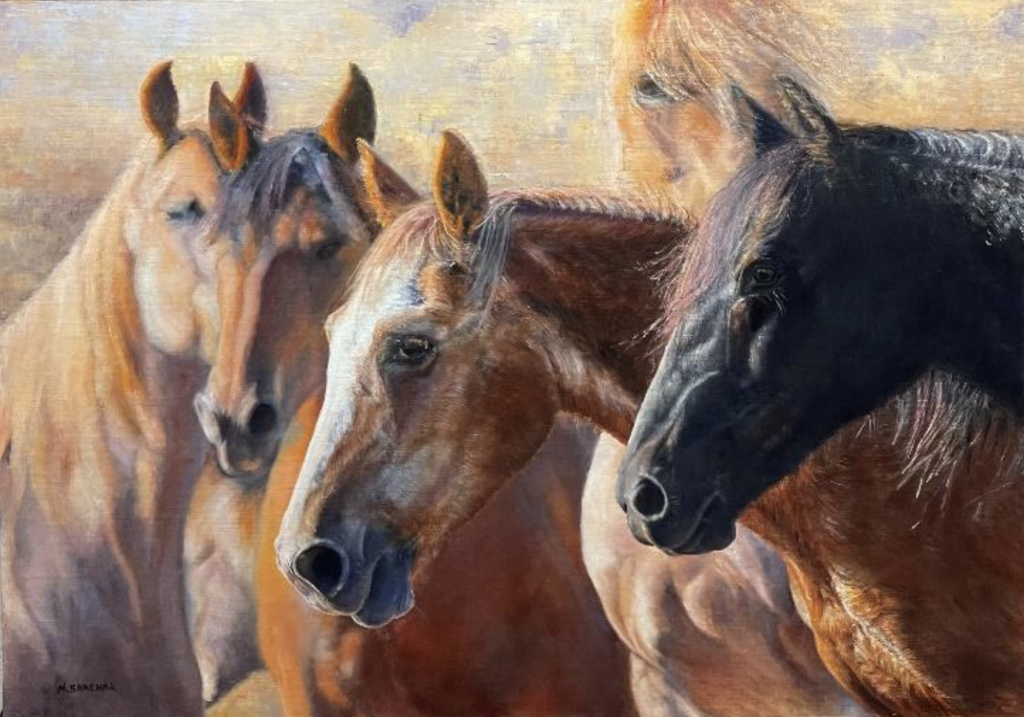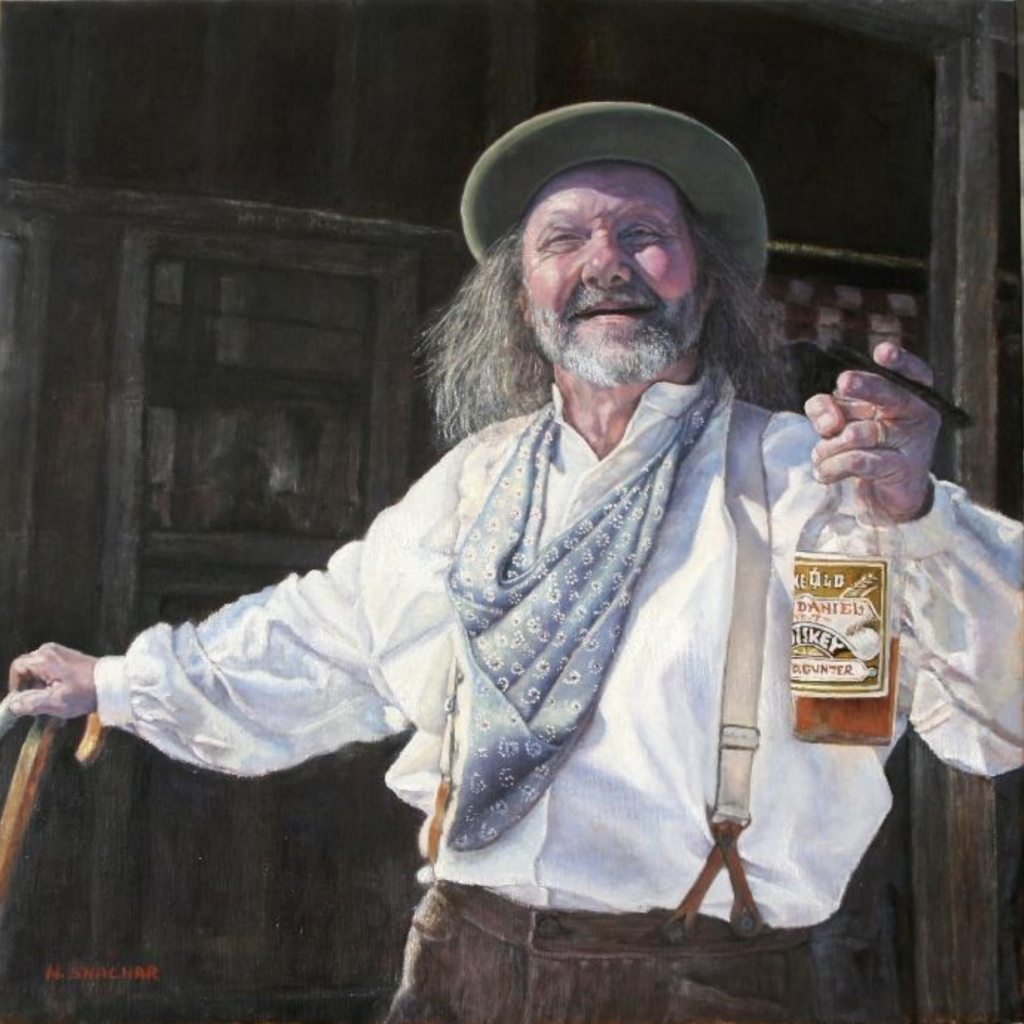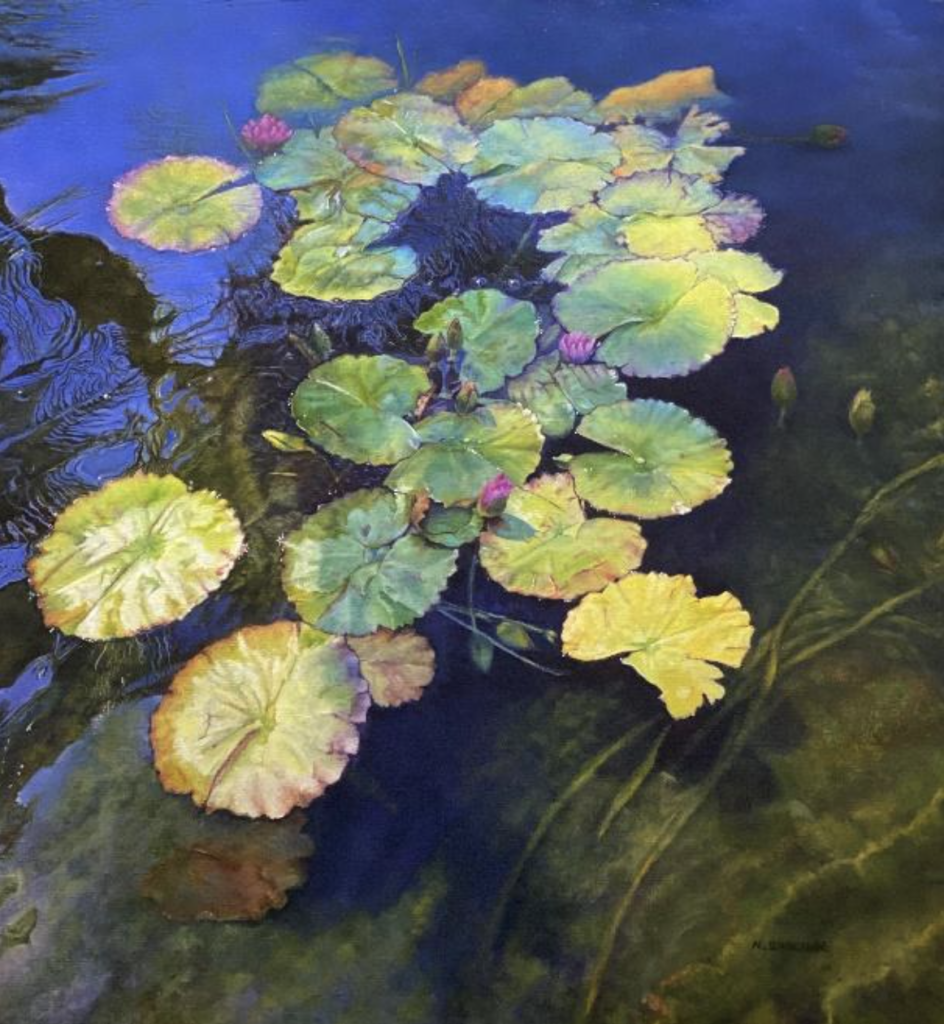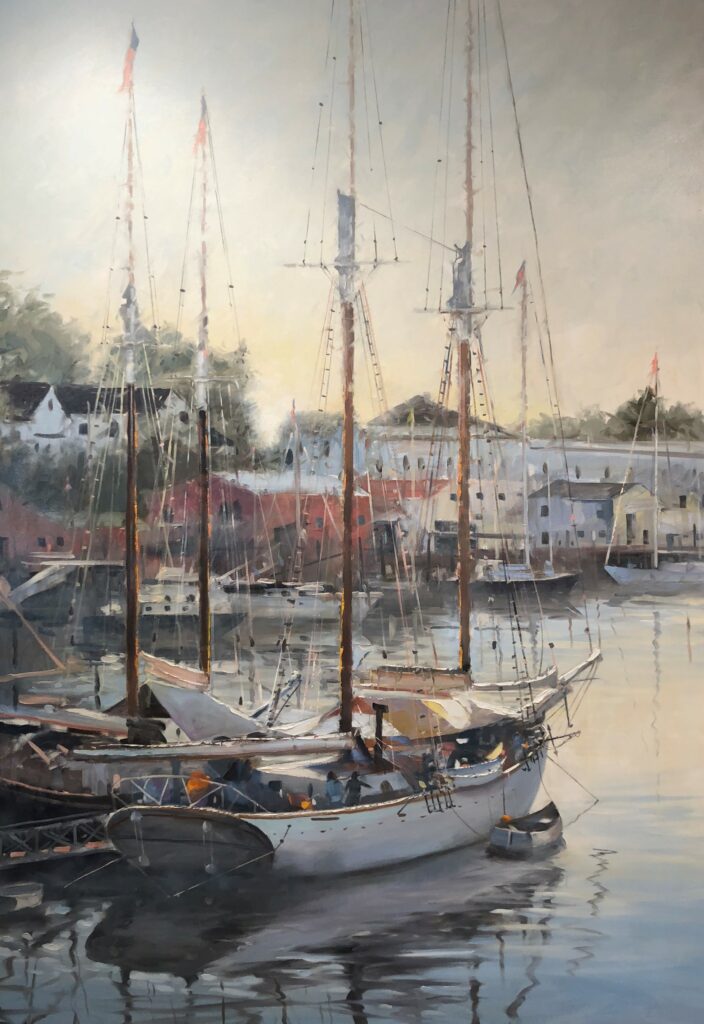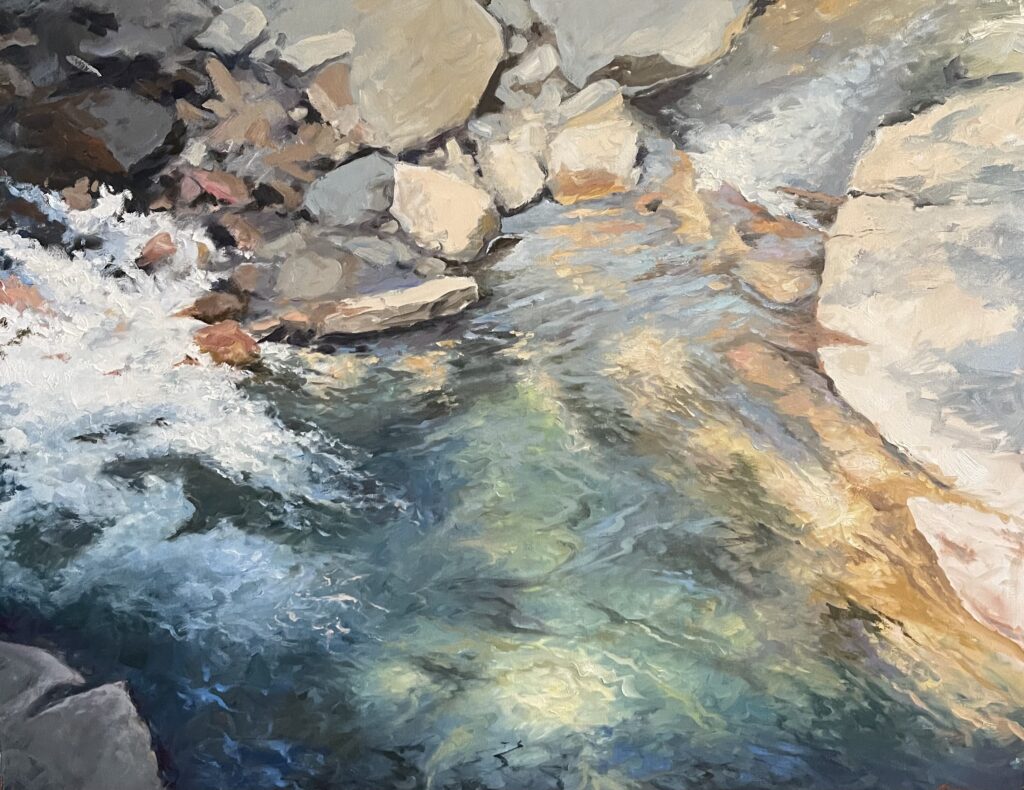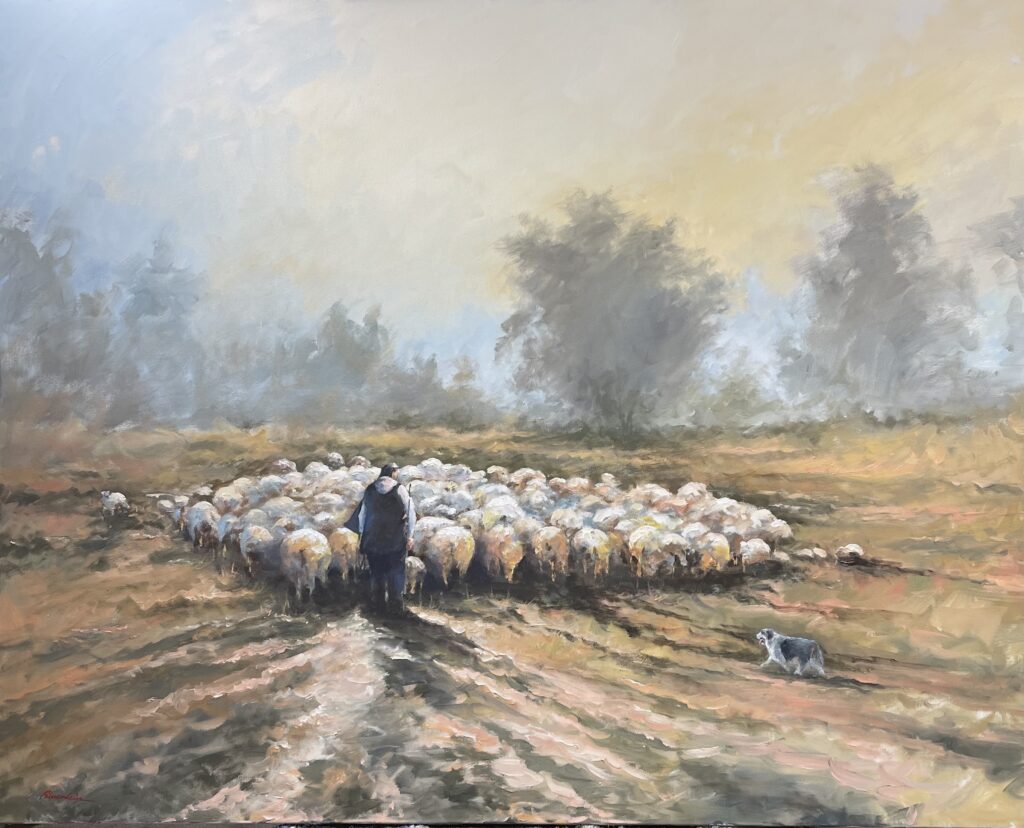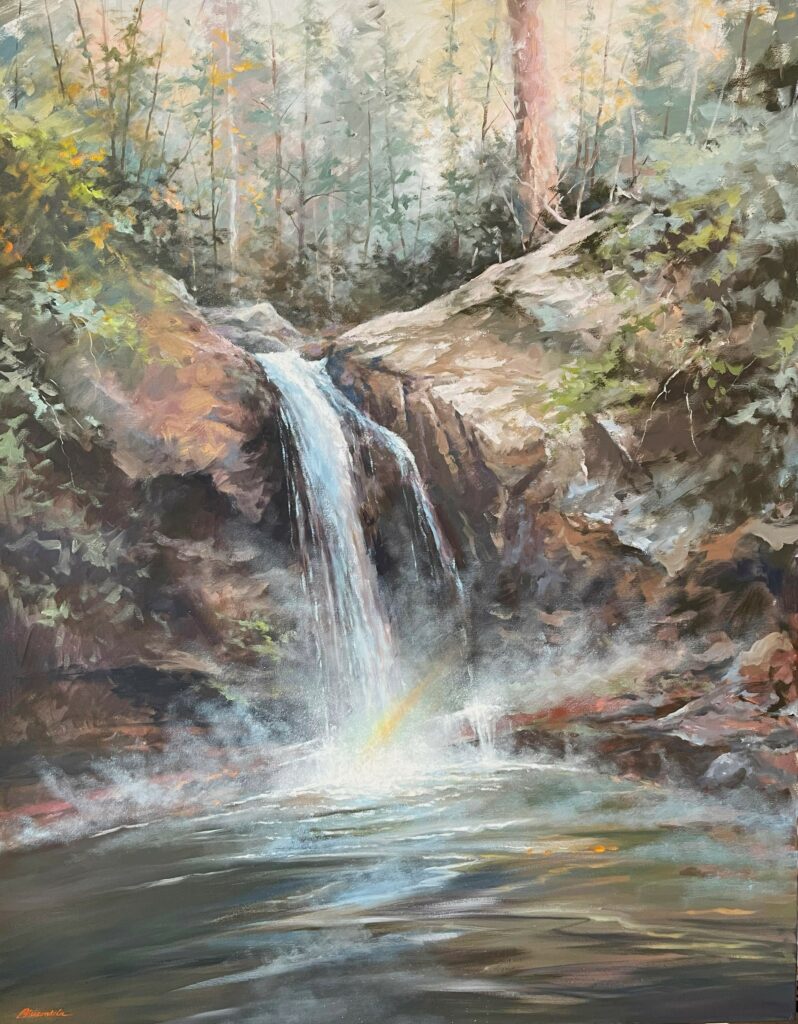OPA Signature Member, Art Gallery Painter, Award-Winning Artist, Sr. Illustrator in Animation and Gaming field, born in Guangzhou, China. Received his BFA degree from Guangzhou Academy of Fine Art one of the most prestigious fine arts schools in China, has lived in the United States since 1996.
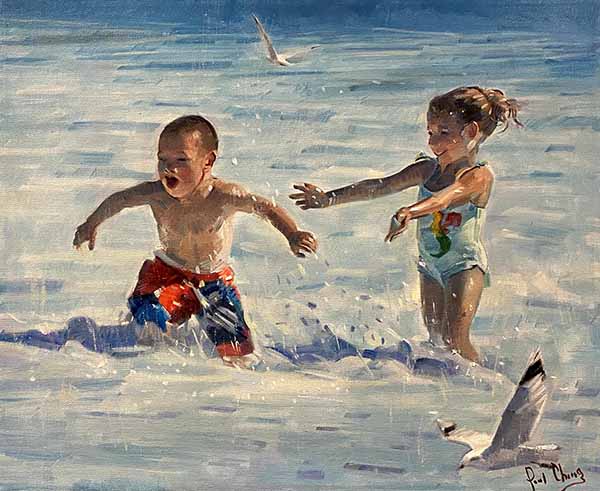
I have loved painting since childhood, and I wanted to be a professional painter when I was a teenager. My youth was the decade of China’s Cultural Revolution. There were no art teachers, and no art teaching books. I had to explore painting by myself and find some art loving students to draw and paint together. After graduating from high school, I was forced to work in rural areas immediately. I worked and painted in the countryside for two years.
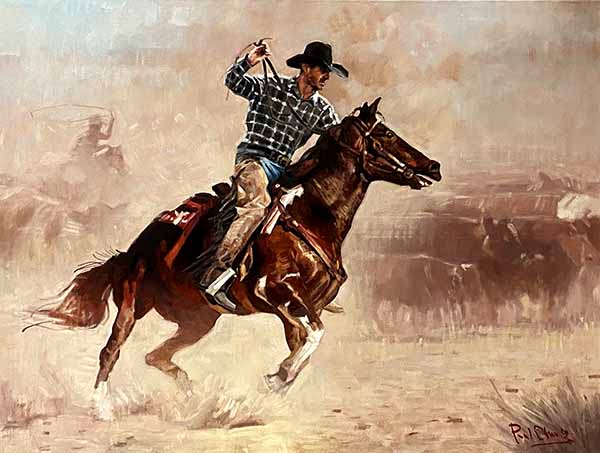
After the Cultural Revolution ended in 1976, I returned to Guangzhou to study art and work. In 1984, I was admitted to Guangzhou Academy of Fine Arts, and then received four years of formal art education. After graduation, I stayed as a teaching assistant. Two years later, I moved to Australia and soon worked in Walt Disney TV animation studios in Sydney, responsible for the animation background production painting. Ten years later, by chance, I was recruited by Fox Animation Studios in the United States, so my family came to the United States to work and live for more than 20 years.
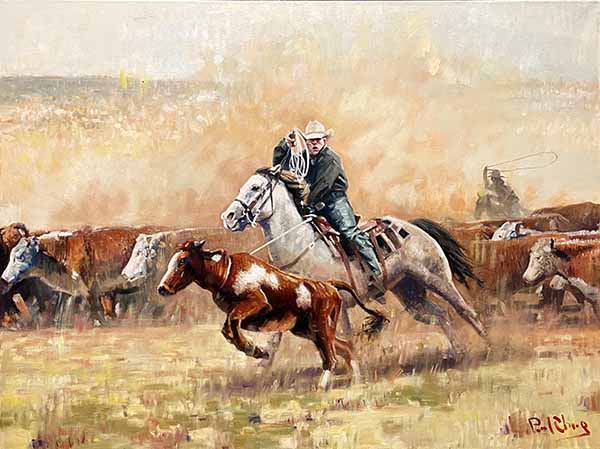
In the United States, in addition to working for animation film and television production studios and game production companies, I also spent a lot of time and energy continuing my oil painting. I participated in oil painting exhibitions of different fine art associations almost every year, especially those of the Oil Painters of America. In 2017, I was honored to become a Signature Member of the Oil Painters American association.
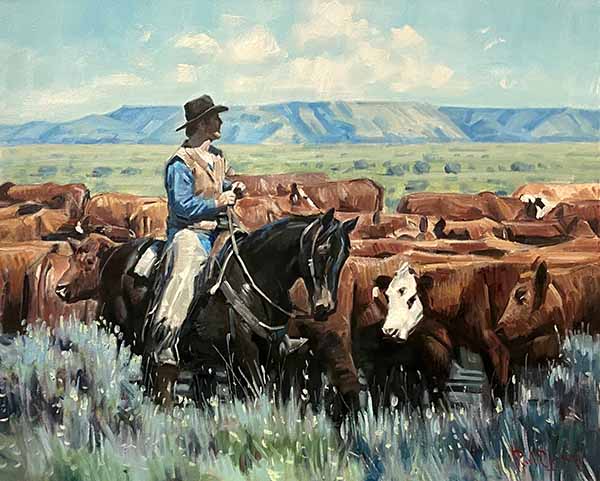
After decades of art career, I have been very clear about my own pursuit of fine art. Photo realism is definitely not my pursuit. What I like is a style similar to Impressionism, pursuing the great feeling of shape, color and stroke. I may even be influenced by some film and television animation art. Of course, my personal oil painting style also affects my painting process in film/TV animation and games, but I don’t know what kind of painting style I belong to. Let it go. I like outdoor landscape painting, but I prefer to figure paint at my studio. People on the beach, Western figures (cowboys, Native American Indians, horses) painting and ballet dancers are all my favorite painting themes. In each of my paintings, I pursue an outward expansion or inward contraction force and sense of movement, and use a variety of changeable composition and modeling. I use color and brush knife touch to achieve this effect.
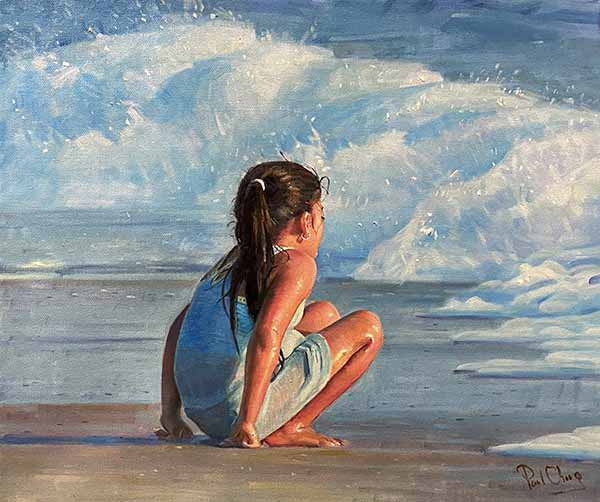
For decades, I have always regarded oil painting as my other half and second career, which allows me to paint whatever I want without disturbing my basic living expenses. Although my first career is painting for movies, TV and games, I also enjoy the fun. In short, for me, painting is not only my work, but also my life hobby. Both are unified.
